How to properly prepare roses for winter?
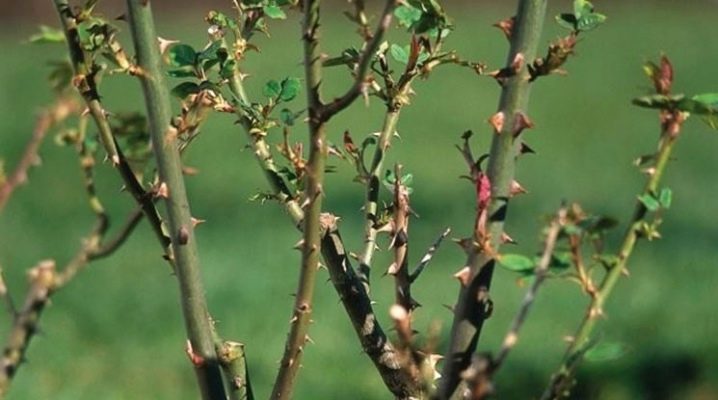
Every gardener knows with what trepidation and excitement in the spring we examine every bush and tree on our site, trying to answer for ourselves the only question: did the favorite plant survive the winter, did it freeze. And the rose - a gentle creation of nature - worries even more: after all, losing such beauty because of your own carelessness is very insulting.
To prevent this from happening, let's figure out which varieties in different climatic zones need shelter for the winter, and how to do it correctly.


What is preparation for?
The spring awakening of rose bushes will be successful if the preparation for winter has been correctly carried out. In order for the plant to go strong and healthy in winter, from the end of summer it is necessary to carry out a number of procedures that will help the rose to winter safely. Preparation consists in timely pruning, foliage harvesting, feeding, sanitizing and shelter for the winter. In the time frame, there will be a rather strong difference in the conduct of procedures depending on the region. The most general recommendations will be those targeted at mid-latitudes.
- In order not to weaken the bush and preserve it for the next year, it is not recommended to carry out strong pruning in the summer. You just need to cut off the faded buds.
- From the beginning of August, they stop applying nitrogen fertilizers, as they provoke the growth of the bush.
- From the beginning of September, roses stop watering, regardless of the weather.
- 3-4 weeks before the shelter, they stop cutting roses for bouquets. Flowers should ripen on the branches. From the end of August until frost, you can only pinch new ovaries in order to prevent them from growing and weaken the bush.
- The foliage must be harvested by hand. You can do this gradually: from the end of September, starting from the lower branches, remove the foliage from the bushes.
- Autumn care includes mandatory pruning (but not for all varieties). But they do it as close to frost as possible. Sections are protected with garden varnish or preparations of the "RanNet" type.
- After pruning from under the bush, you need to remove all cut branches and necessarily all the foliage, since it is she who is a breeding ground for various kinds of infections.
- When the ground under the rose has cleared of excess debris, autumn feeding is carried out.
- The next stage is the sanitization of diseases.
- And only then can the roses be covered for the winter.
Moreover, this should only be done "dry": the earth, bush, covering material - everything must be dry, otherwise moisture will provoke the appearance of fungal diseases, matting of plants and frost on the branches.
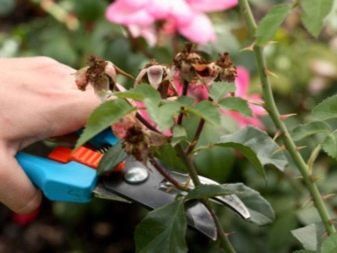

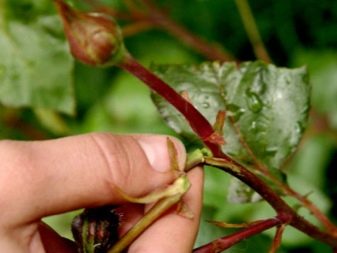
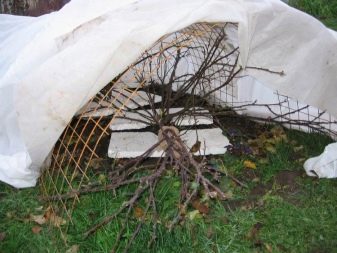
Proper insulation is a guarantee of protecting a delicate flower from frost. Depending on the climate, it will not be the answer to the question "cover - not cover" that matters, but the method of cover and the thickness of the covering material.
Autumn pruning of bushes
One of the hardest questions for budding gardeners is how to properly prune your plants. This stage of preparing a rose for winter is not suitable for all varieties. Park and climbing roses are usually not cut, but bent down. And they do it gradually so as not to break the branches.
Not all growers believe that autumn pruning is necessary. The reasons are as follows:
- there will be no pruning - there will be no ejection of new shoots in the fall;
- it is easier for a plant to endure the winter without pruning;
- in spring, the rose wakes up earlier and blooms.


But the proponents of pruning make their arguments:
- the smaller the aerial part of the plant, the easier it will overwinter;
- in the fall, it is much easier to disinfect a trimmed bush, thus getting rid of bacteria and insects.
For work, use a sharp knife or pruner, processed in a solution of potassium permanganate. The cut is made at an angle of 45 degrees, stepping back 1 cm above the kidney that looks outward, and covered with pitch. Both adult plants and first years need pruning. On each bush, no more than 3-5 of the strongest shoots are left. It is desirable that they be as far away from each other as possible.
All shoots that did not have time to ripen are necessarily removed.



There are several rules for pruning:
- a dry day without wind is suitable for work;
- lignified trunks older than 3 years are best cut with a hacksaw, and not crumpled with pruning shears;
- an angled cut is made so that the water drains off, and does not stagnate in this place, even if it is processed with pitch;
- the kidney, over which the cut is made, must be swollen, but not germinated.
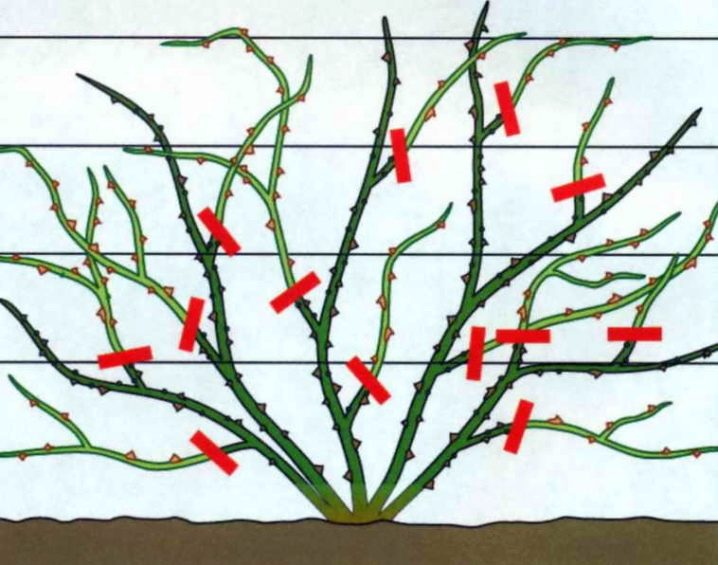
The length of the cut depends on the type of rose.
- Cascading standard varieties are pruned in the first year, the remaining shoots should be no more than 15 cm. Subsequently, faded shoots are removed, and young trunks are slightly shortened.
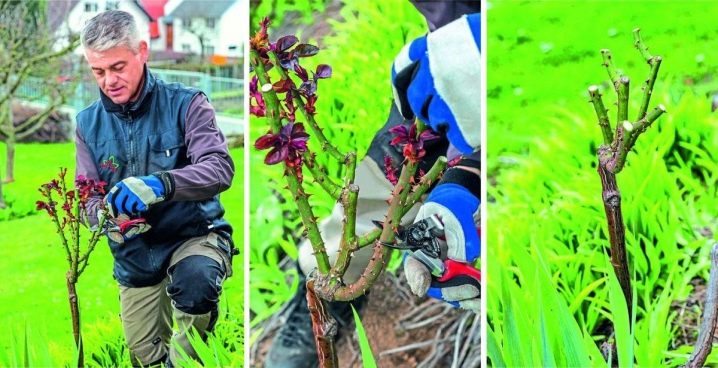
- Repaired and hybrid tea varieties, floribunda and grandiflora are cut, leaving 4-5 buds below the cut line.
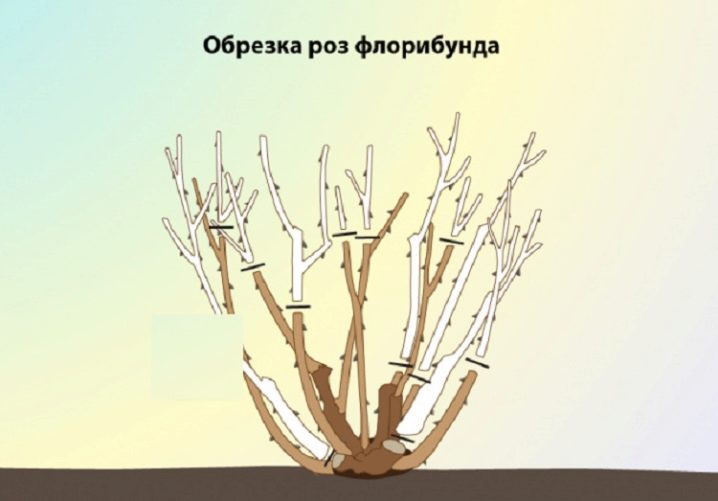
- Old English and shrub varieties are cut by ¾ or 2/3.
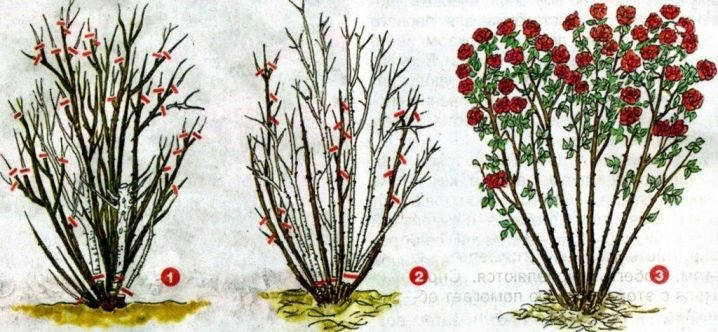
- Park, adapted for non-sheltered wintering, are only slightly shortened, but they must carry out sanitary pruning, removing old and diseased shoots.

- They do the same with climbing varieties, but at the same time 1-2 highly lignified stems are shortened to 35-40 cm. This will lead to the growth of replacement shoots.

After pruning, not all branches can be covered with pitch, some of them are too small. In this case, it is recommended to sprinkle the bushes with crushed activated carbon. Its task is to absorb moisture from the slices and disinfect the bush.
Top dressing and processing before the shelter
After pruning and harvesting foliage and branches from under the bushes, it's time to feed the rose before wintering. Top dressing can be root or foliar. Potassium and phosphorus are relevant for autumn. Potassium will make the plant resist diseases, temperature changes in the environment, and will also help to lay the buds of future flowers. And phosphorus will help the ripening of these buds and the growth of the root system.
Phosphorus-potassium fertilizers are produced in the form of granules or in solution. The main thing is that the label indicates that the fertilizer is autumn. In dry weather, the bush is watered with a solution in accordance with the attached instructions. Granules are used in rainy weather, or in the absence of rain, they are scattered under the plant and watered. Alternatively, instead of scattering the granules, dissolve them in a bucket of water.
If there is no phosphorus-potassium composition at hand, then you can buy potassium monophosphate.
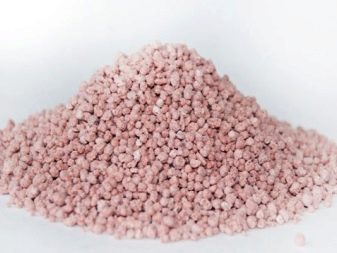

Experienced gardeners recommend using a mixture consisting of 25 g of superphosphate, 10 g of potassium sulfate, 2.5 g of boric acid. All this is dissolved in 10 liters of water and the plant is watered before pruning (no more than 4-5 liters of solution for each bush). For the second time, the rose is fed half a month after pruning with the following composition: 15 g of superphosphate and potassium sulfate are dissolved in 10 liters of water and root feeding is carried out. Foliar spraying is carried out with the same fertilizers, but the dosage of drugs is reduced by 3 times.
The last feeding is carried out when the temperature drops below 0. Phosphorus granules or oven ash are laid out under the bushes.
Experts and amateurs treat the use of manure in autumn differently. Much depends on the region and weather conditions, which are difficult to predict. On the one hand, in the spring, manure will immediately begin to supply the roots with nutrients along with the melt water and stimulate plant growth.
On the other hand, autumn rains will provoke the growing season of the bush, dissolving the nitrogen contained in the manure. In the fall, the plant does not need it at all.

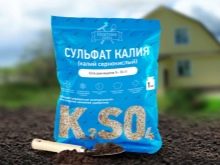

Another autumn procedure is the liming of the rose. Flowers like neutral or slightly acidic, slightly alkaline earth. With increased acidity, the plant has pale foliage, dull petals, weak flowering, and reduced winter hardiness. If these signs are present in the rose garden, then shortly before frost under the bush, dolomite flour is scattered over the width of the crown - a fertilizer belonging to the carbonate class, produced from the dolomite mineral. If the drug is used constantly, then it:
- improves soil structure;
- has a healing effect on it due to the development of colonies of microorganisms;
- the turf is saturated with fertilizers, for the sake of which year-round fertilizing is carried out - nitrogen, phosphorus, potassium, calcium, magnesium;
- cleans plants from radionuclides;
- dissolves the chitinous cover of insects, thereby destroying them, while remaining safe for other living beings.
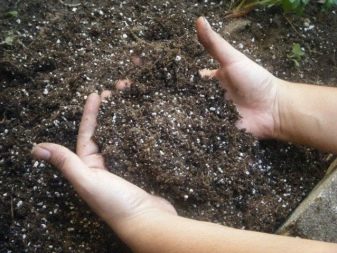
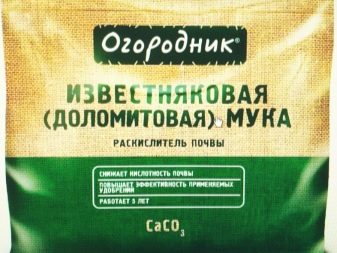
The next stage of preparing a rose for winter is treatment from diseases and insects. To do this, you need to prepare copper-containing spray preparations, especially if black spots were encountered on the leaves during the season. These drugs include:
- copper sulfate;

- Bordeaux mixture, consisting of copper sulfate and quicklime;

- "HOM";

- "Kurzat";
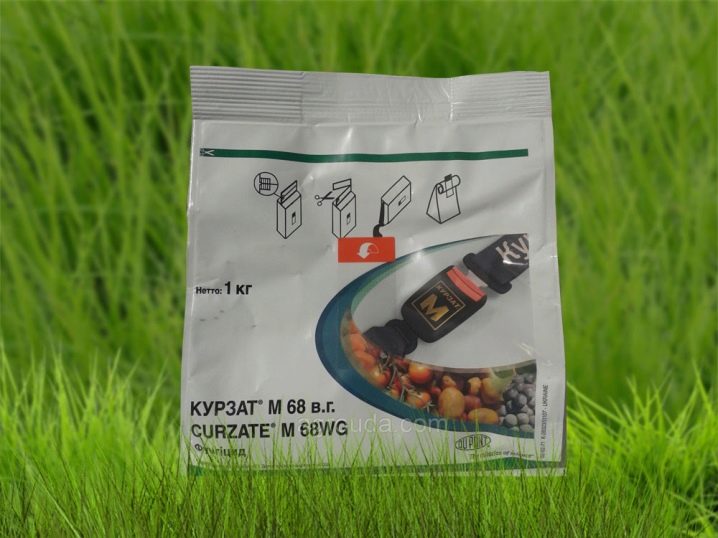
- Abiga Peak;
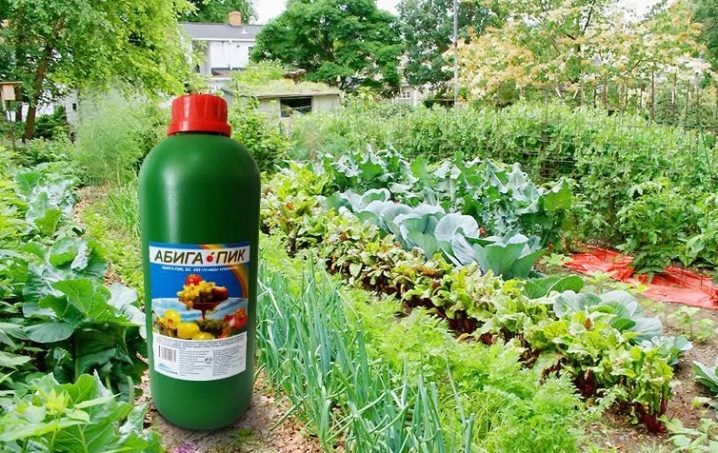
- Oxyhom;

- "Ordan" and others.

These fungicides not only suppress the development, but also prevent the spread of pathogens of fungal diseases.
The last stage before hiding roses is hilling. Many growers abandoned it, citing the fact that its use depends on the climate. Plants are huddled so that the roots do not freeze, but during thaws they often undermine. Therefore, whether or not to huddle a beloved rose is a moot point today to protect it from frost.

What roses need to be insulated?
Types and varieties with weak frost resistance need insulation. But the need to cover roses also depends on the place of growth.
Parks "Ritausma", "Adelaide Hoodless", "Pink Grothendorst", "Hansa" and others tolerate the winter relatively well; rose hips; absolutely cold-resistant "Snow Pavement", "John Davis", "Scabrosa" and others; some hybrids are considered the most winter-hardy. But it is just that they are recommended to at least spud with sod or spruce branches, if there is no opportunity or desire to cover. Leaving the bushes without covering material is possible only if there is no temperature below 30 degrees of frost in winter.
The rest of the varieties are recommended for winter insulation.
Be sure to cover ground cover, floribunda, standard, climbing, hybrid tea roses.
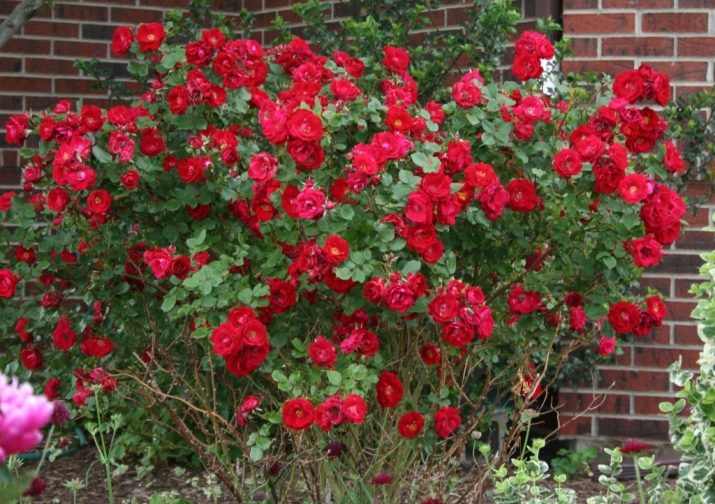




Recommendations for the selection of materials
Roses can be covered with almost anything at hand, plus special industrial materials that are sold in specialized stores. All materials are divided into natural and artificial.
Several options are natural.
- Sackcloth, which is more often found among real villagers than among summer residents. Natural burlap without a polyethylene lining will provide air exchange, but this is how a single layer of frost protection will not protect much. Moreover, it absorbs moisture and can freeze.
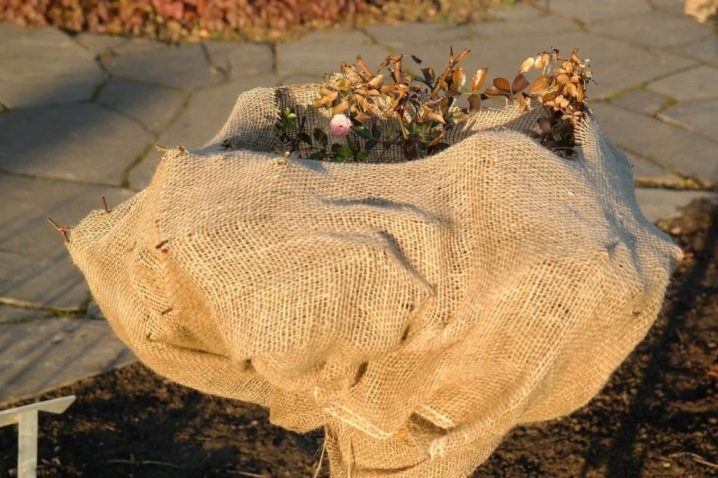
- Cardboard not bad for a frame on which a layer of synthetic insulation is applied. The design is unreliable and short-lived. With the first thaw, it will have to be removed, as it will quickly get wet. But after the first thaw, frosts often come again.
And using cardboard as a middle layer between nonwovens is the best option, which won't get wet, but will create an air gap between the plant and the cover.

- Garden batting Is an industrial durable covering material that will last for many years. It is not subject to decay, does not retain water, breathes and protects the plant from sunburn. Under it, the rose does not heat.Since the material is voluminous, it replaces snow in snowless winters.
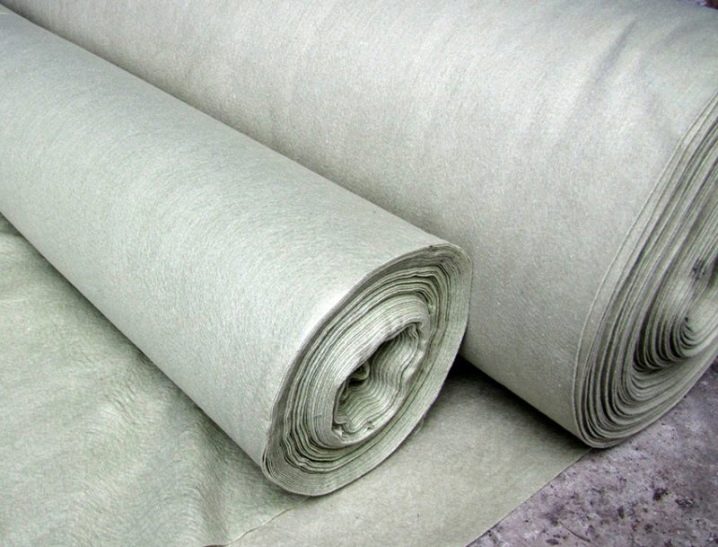
- Lapnik Is a wonderful free covering material. The plant breathes under it. Snow lingers between the needles, protecting it from freezing and bright sunlight in spring. Rodents do not like to settle in spruce branches. Before covering, the branches must be dried, using only healthy branches without growths.

- Straw protects roses from frost and traps snow. But over the winter, it cakes, gets wet from the snow and begins to rot. In spring, the sun's rays will not penetrate through such a shelter: on the one hand, there will be no burns on the plant, on the other, the earth will warm up for a very long time, slowing down the growth of the plant. Another problem is mice, which like to settle in straw and gnaw at roots.
But you can think about using straw as a cushioning material as well, so its efficiency will increase significantly.

There are many artificial covering materials today.
- Polyethylene film - a popular insulation that perfectly protects against wind, precipitation, cold. But the plant can easily get a burn under it, so there must be an air gap between the film and the branches. The second negative property of the film is the lack of air permeability, which is why condensation accumulates under the film. Excessive moisture can lead to rotting of the branches.
Alternatively, leave air gaps between the ground and the film in some places for air exchange or partially open it with an increase in temperature.
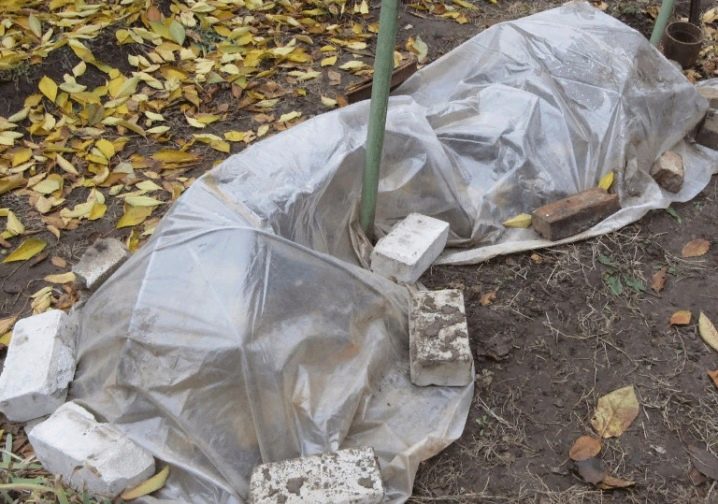
- Nonwovens - this is spunbond, agrospan, lutrasil and others. The canvases have gained well-deserved popularity among gardeners and gardeners, they allow air and moisture to pass through, under them there is good thermal insulation, they serve for a long time. Materials vary in thickness. A 60 micron web is used in a single layer. Thinner - 2-3 layers. White insulation is suitable for winter, otherwise, during a thaw, the black material will heat up and moisturize the bush. Manufacturers offer ready-made covers for rose bushes of various shapes.
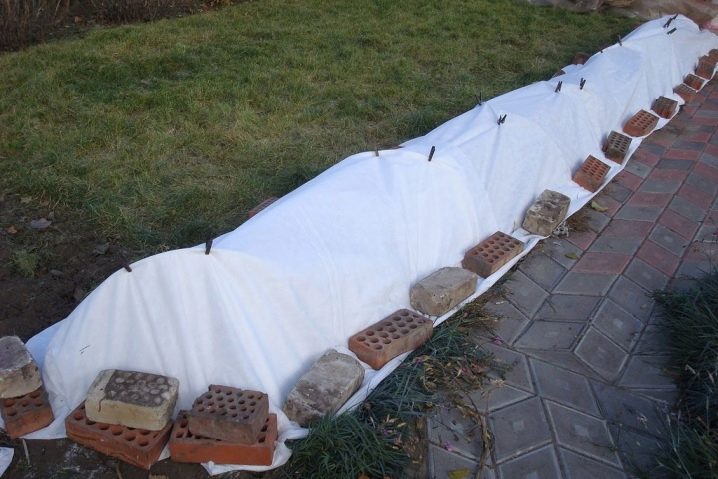
- Plastic bottles large sizes. The authors of this method use 5-liter canisters with a cut-off bottom or neck. There must be a hole on top for air intake. Some kind of mulch is poured into the bottle.
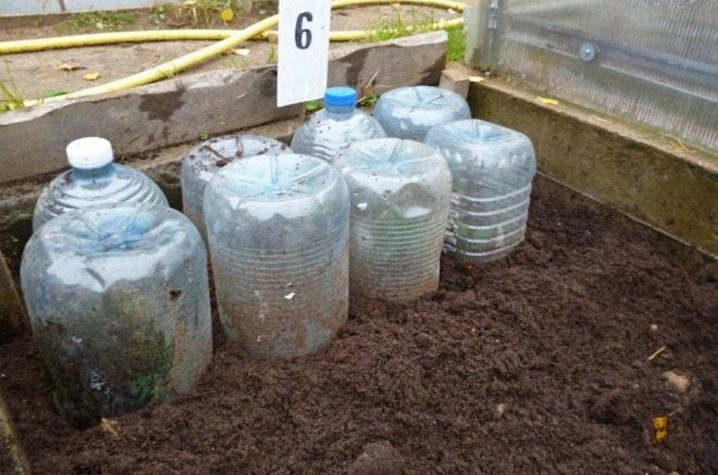
- Polycarbonate - an excellent remedy for wind, moisture and cold. But without air, the plant will die. Therefore, huts with open sides can be made from polycarbonate, which can later be covered with other covering materials.
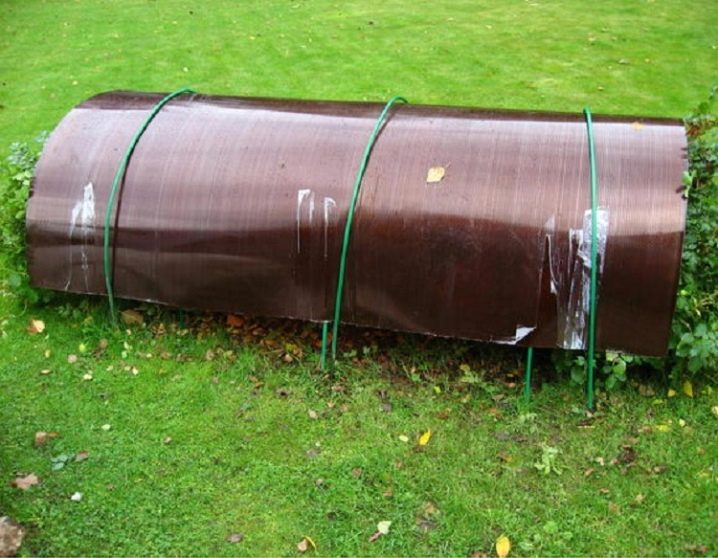
How to cover flowers?
There are 3 main methods of insulating rose bushes for the winter.
- Prikopka. Climbing roses are bent to the ground, non-climbing roses are cut off, after which the shoots are sprinkled with earth, mulch, and spruce branches are thrown over the mound from above. When snow falls, a snowdrift is poured over the spruce branches. The main disadvantage of this method is the overheating of the plant at a warm temperature.
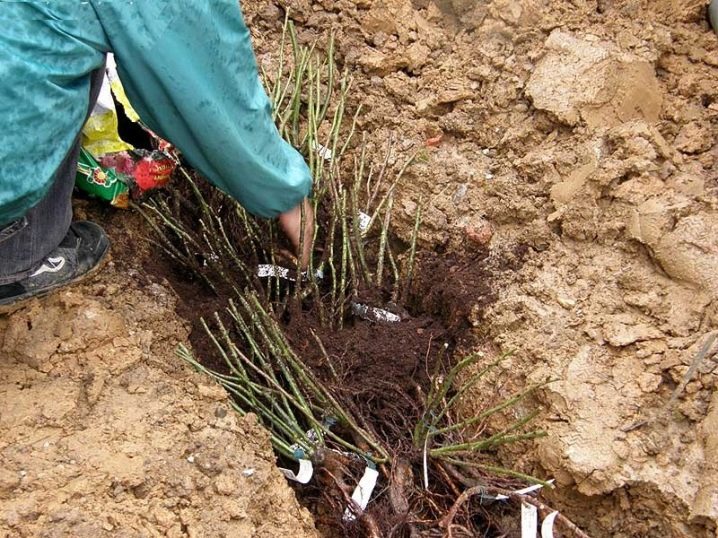
- Frameless shelter. You can insulate roses in the garden by pinning the branches with metal staples. After that, the bush is covered with a suitable material or several types of materials. At the edges on the ground, the material must be fixed with heavy objects. If the plant is covered vertically, without bending, then the covering material must be carefully tied with rope, tape or wire.

- Frame construction Is the most time consuming but reliable method. The blanks will last for many years, and the frame will provide air exchange, reliable protection from wind and frost. Designs can be rectangular, pyramidal, spherical, conical. They are made from wire mesh, old metal pipes, wooden beams, slats, and so on. The main thing is that the structures must be securely fixed on the ground by their own gravity (or by metal pins inserted into the ground) so that the wind cannot dislodge them.
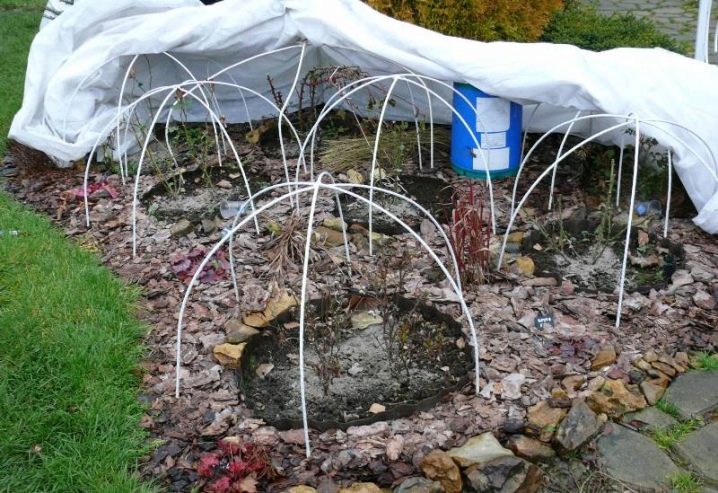
But in severe frosts, when the thermometer drops much below -30, these methods will not save the plant.In these regions, roses are planted in large flower pots, and for the winter they are transferred to cellars, basements, where the temperature does not exceed 4-5 degrees Celsius. In this case, dry watering will be required by putting snow in a pot. In the spring, for some time, the plants are taken out into the street, and when constant positive temperatures are reached, the rose will again take its place in the garden.
But there is another option for using a garden rose: in areas where the summer is very short, rose lovers have made this flower a home. Low-sized roses feel great as a house plant. And only on warm days they are on the balcony or in the garden. The roses of the following varieties are suitable for growing both at home and in flowerpots in the garden or in a greenhouse: Fritz Nobis, Louise Odier, Rosa Mundi, Souvenir de la Malmaison and others.

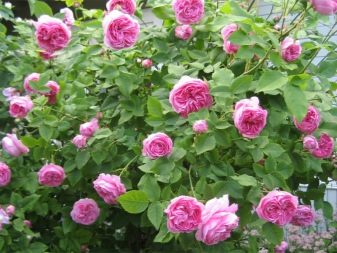
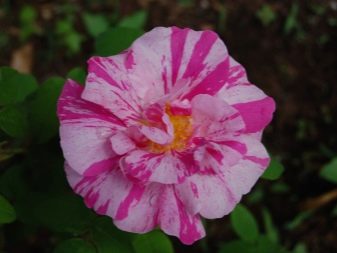
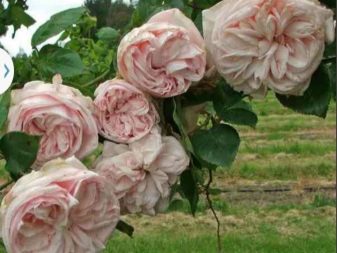
Climbing
For roses with long shoots there are 2 ways to shelter for the winter.
- The earth around the rhizome is laid with spruce branches, sawdust, sand. The lashes are removed from the supports and laid on a coniferous mat. From above, they also fall asleep with spruce branches, after which the entire structure is hidden under the covering material and the edges are tightly fixed. In the spring, the shelter is opened gradually.
- To close the lashes in the second way, you need to tie the shoots in several places on a dry day, bend them to the ground and put them on wire arcs so that the rose does not touch the ground. A frame is installed over the plant, which is subsequently insulated from all sides.
But before the onset of frost, it is better to keep the sidewall open so that the plant is hardened and not overheated.
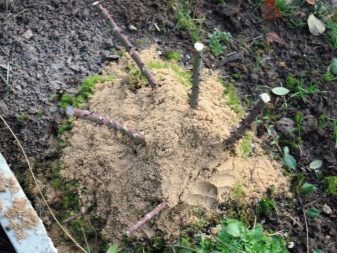
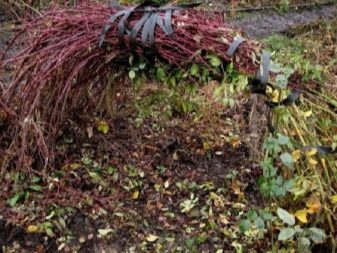
Bush
Shrub roses are not afraid of the first frost. It is necessary to cover the bushes after them. Any method can be used for this.
- Hilling with mulch or spruce branches. The method is suitable for warm winters.
- Frameless or air dry. In this case, either the shoots are cut almost to the root, or each shoot is pinned, as is the case with climbing roses - in both cases, they are insulated from above with any material, and the insulation must be fixed at the edges. If the material does not allow air to pass through, it is recommended to leave air gaps.
- Frame method it is logical to use when not one bush grows, but a rose garden. But soft frames for one bush are also possible: several pegs are driven in around the plant, covered with a net and stuffed with mulch.
Each gardener will choose the method that he considers right for himself, depending on the growing conditions of the plants.

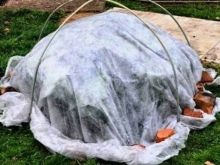
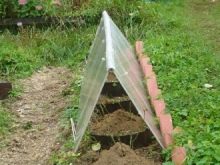
Stamp
Shelter standard has its own characteristics.
- Young boles winter in a horizontal form: the stem is fixed with brackets in the ground, spruce branches are poured under the crown and on it, and the rhizome is covered with needles, sawdust, leaves, sand, after which the entire stem is hidden under heat-insulating material.
- Adult specimens will not bend, but only break. A frame made of any material is installed around the stem, insulation is poured inside it, and a cover is put on the plant on top and tied.
- Method used at the University of Minnesota, - the method of overturning, when the plant, previously very thoroughly watered, is undermined on one side, and very carefully laid in a previously dug trench along the entire length of the bush.
Half of the roots are above the ground, the whole plant is carefully pinned, and then covered with earth, sawdust, needles and leaves.
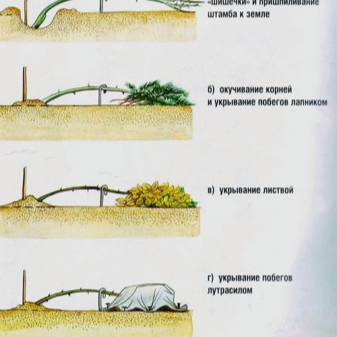
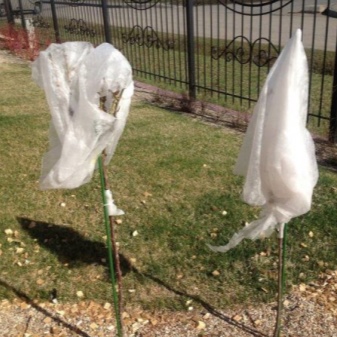
Features of the shelter in different regions
Regardless of the region, roses begin to cover when the ground begins to freeze, and night temperatures have settled at around 5-7 degrees below zero.
In Siberia
In the Urals, there is no year after year, therefore, perhaps, already in the first decade of October, it will be necessary to make a winter shelter for your favorite roses. In Siberia, such a time may come as early as September. Local gardeners complain not about freezing, but about damping roses and do not recommend using hilling. They suggest using a frame shelter.
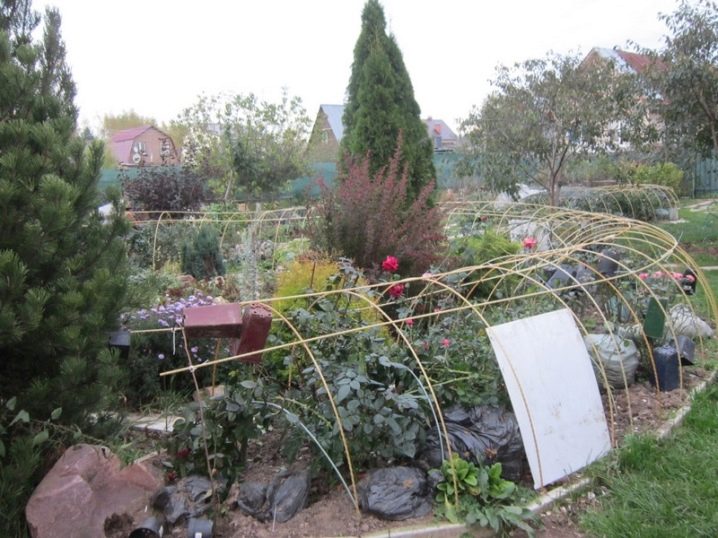
In the middle lane
Wintering in the middle lane can be very snowy or, in general, snowless, while frosts can be with any amount of precipitation. The main condition for sheltering a rose, so that it remains until spring, is protection from precipitation with an obligatory air cushion. For example, in the Moscow region, the rose garden is insulated around the end of October, when light frosts hardened the plants. If it rains before frost, then the bushes need to be covered with a film, and the water should be removed from the roots using grooves. The closer you are to the south, the more supporters not to harbor roses for the winter. It all depends on the climate, but, according to observations, such bushes bloom much later.
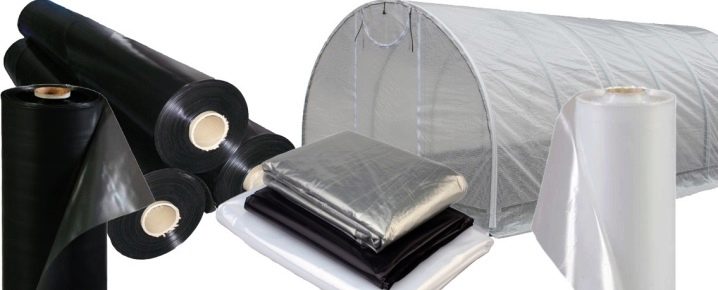
In the southern regions of Russia
In a warm winter, at a temperature of at least 5-10 degrees of frost, some growers suggest only spudding roses, covering the neck with mulch. Others say that you need to cover in any case, as this is a way of protecting against many diseases.
The main thing is to choose the right covering material, which largely depends on the type of rose.
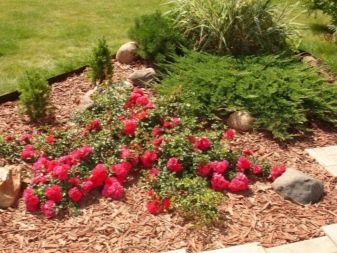
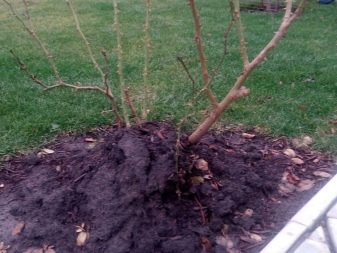
For tips from experts on sheltering roses for the winter, see the video below.

































































































The comment was sent successfully.